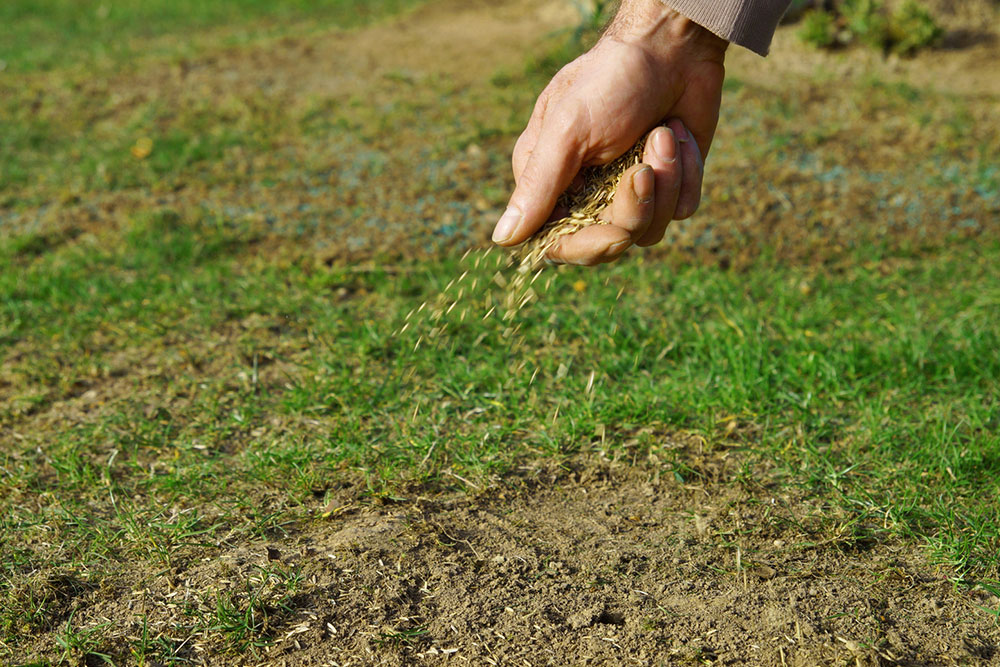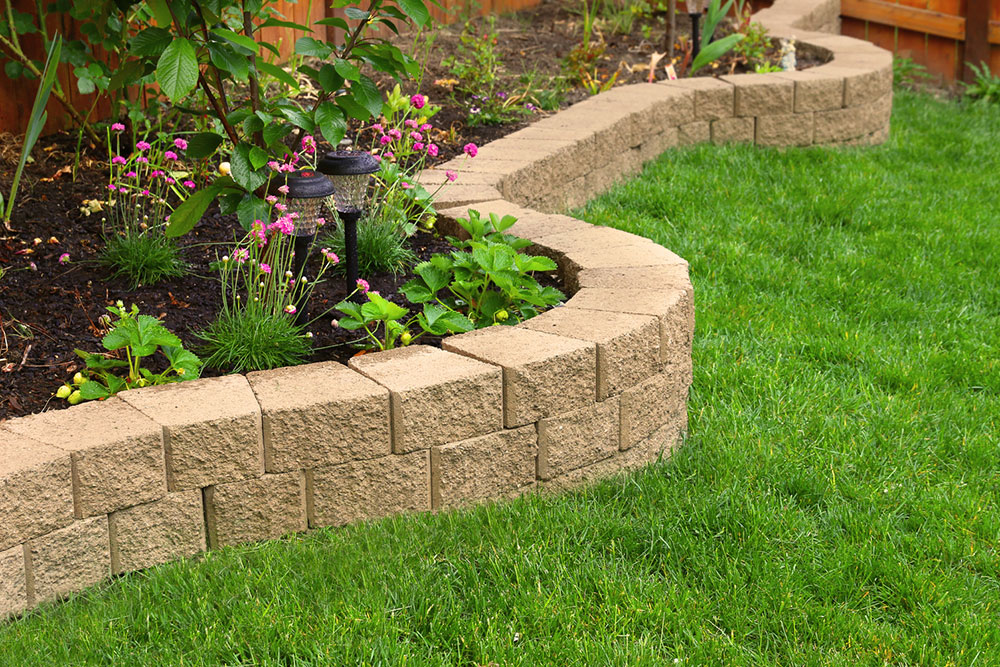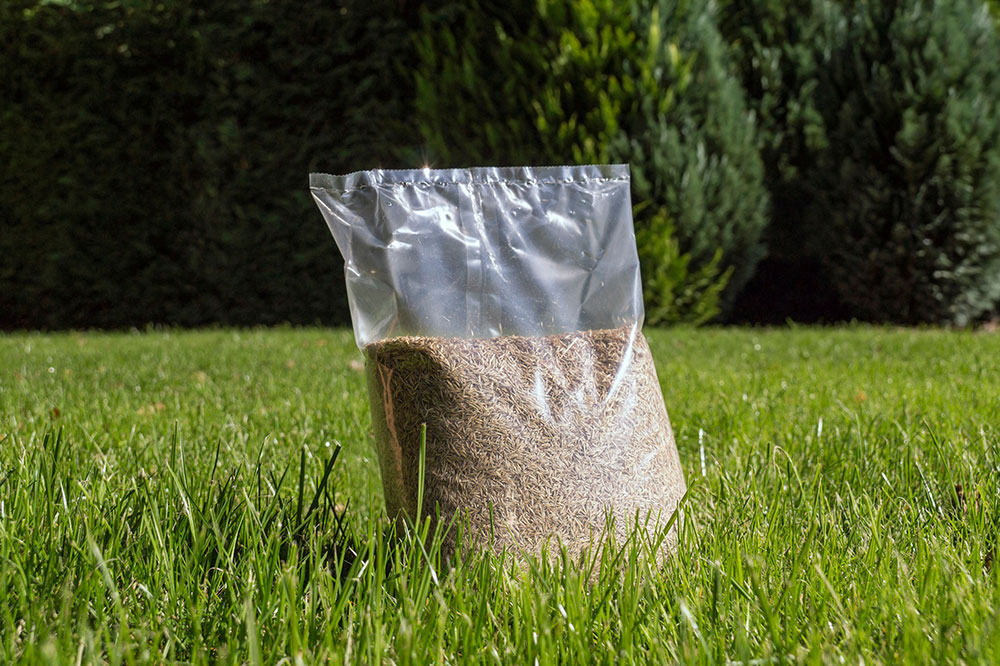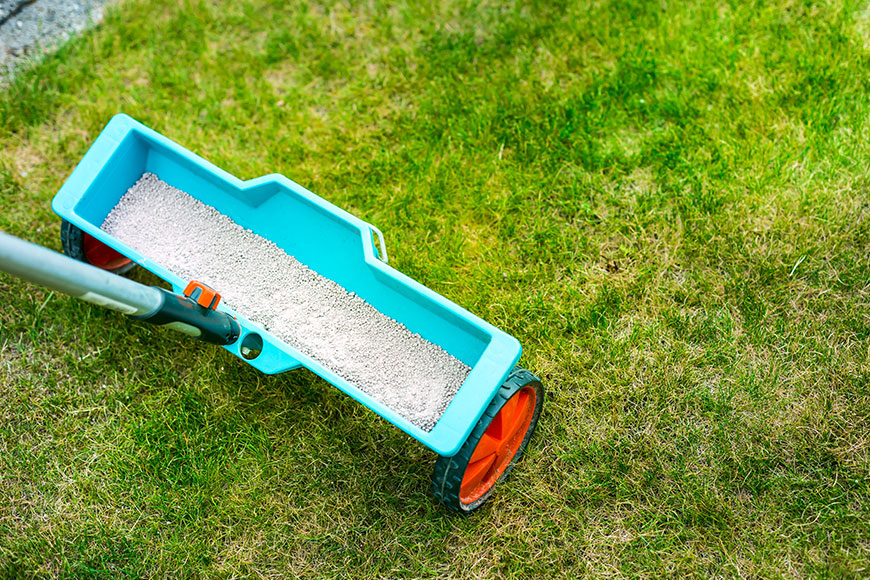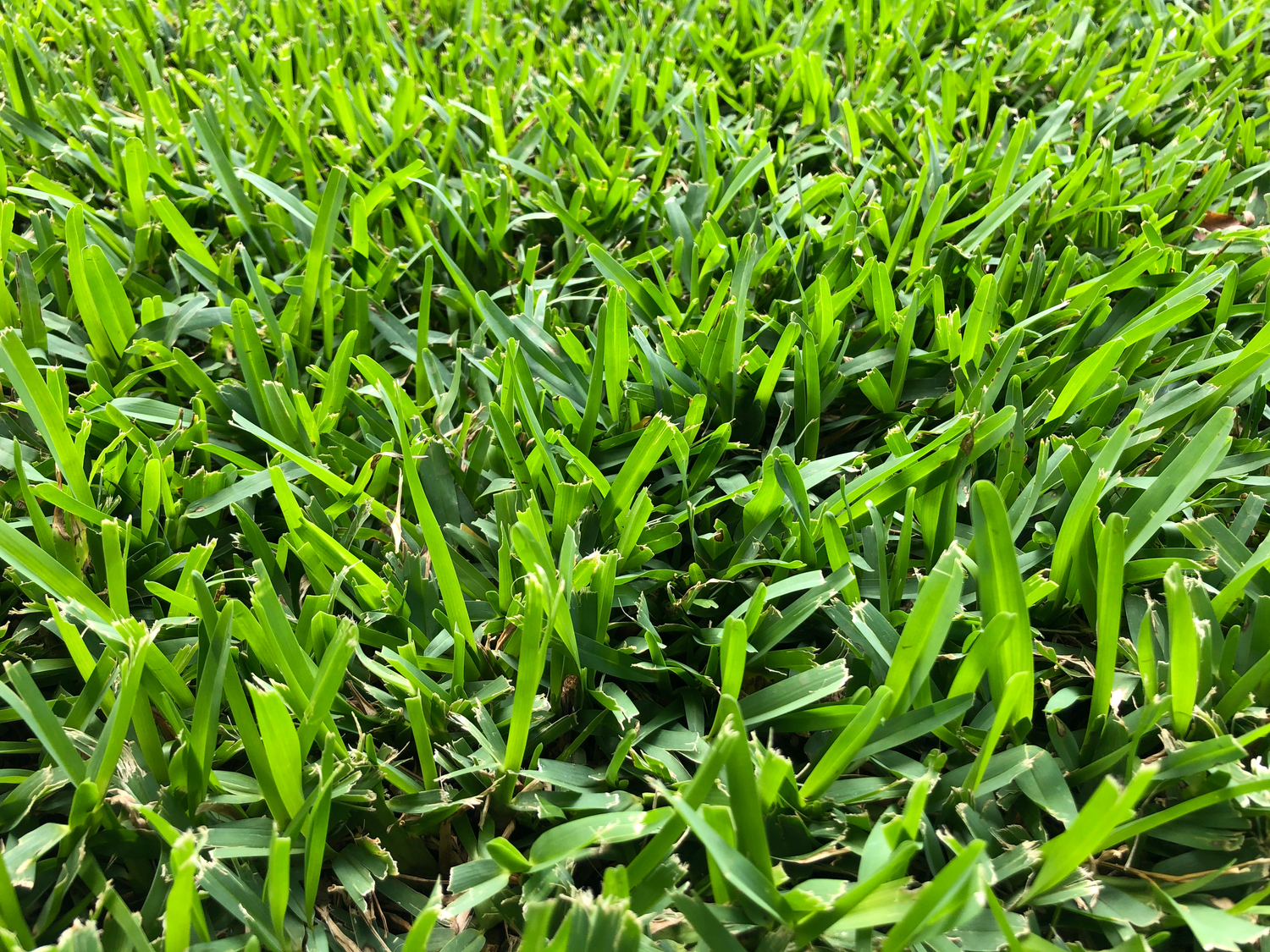Synthetic Turf: Price, Advantages, and Maintenance Tips
This article explores synthetic turf, detailing its costs, benefits, and maintenance tips. It discusses different types like nylon, polyethylene, and polypropylene, highlighting their suitability for various applications. The article also offers insights into factors affecting pricing and practical advice for installation and upkeep. Ideal for homeowners, landscapers, and sports facility managers, this guide emphasizes durability, versatility, and cost-efficiency of artificial grass as a sustainable landscaping solution.
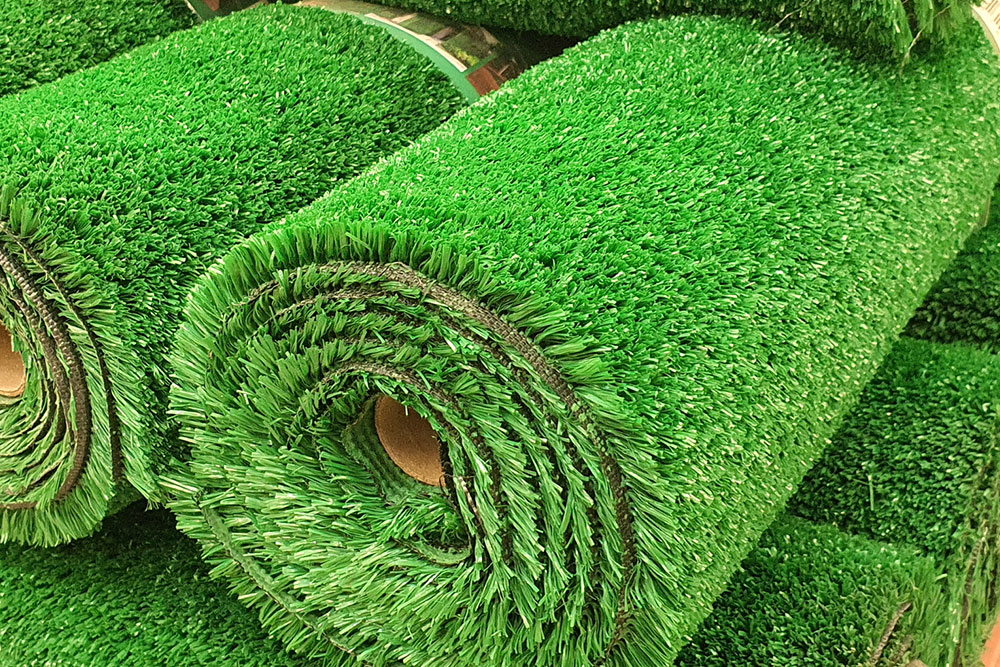
Synthetic Turf: Price, Advantages, and Maintenance Tips
Advancements in technology have revolutionized the manufacturing of synthetic turf, enabling realistic appearance and feel despite its synthetic composition. Known for being low-maintenance and durable, artificial grass is a popular choice for both indoor and outdoor applications. It is especially beneficial in areas where natural grass struggles to thrive, offering a lush, green alternative year-round.
Types of synthetic turf
Synthetic turf comes in various types, primarily categorized by the base material used. Here are the main variants:
Nylon
Known for strength and resilience, nylon turf maintains its shape despite temperature fluctuations, making it suitable for commercial landscapes and outdoor spaces with high foot traffic.
Its excellent load-bearing capacity and weather resistance make nylon turf ideal for various settings.
Polyethylene
Popular among homeowners, polyethylene turf offers a variety of textures and colors. Its non-porous nature makes it pet-friendly by preventing odors and liquids absorption. It is also used in sports venues like football and baseball fields due to its ease of installation and versatility.
Polypropylene
Although less common due to lower durability and higher costs, polypropylene turf is suitable for small residential areas or temporary installations.
This turf type is perfect for limited spaces or temporary setups.
Advantages of synthetic turf
Artificial grass offers multiple benefits over natural grass, making it a preferred choice in various environments:
Temperature resilience
Designed to withstand both heat and cold, synthetic turf endures extreme weather conditions across different regions.
Water drainage
Thanks to its perforated structure, liquids drain efficiently, preventing pooling. This feature is especially useful for driveways and paths.
Fire safety
Made from non-flammable materials, artificial turf resists ignition and withstands high summer temperatures without heat buildup.
Stain resistance
Some varieties resist stains, allowing easy removal of spills, which is beneficial for pet owners.
Flexibility
The turf can be tailored for specific uses—whether for children’s playgrounds, pet areas, lawns, or sports fields.
Cost considerations for synthetic turf
Installation costs vary based on size, material, and labor fees. The price per square foot depends on the turf type:
Polypropylene
The most affordable option, suitable for indoor decoration or brightening dark spaces. Cost ranges from $1.90 to $6.75 per sq ft.
Polyethylene
Designed for outdoor durability with a more natural appearance, costing between $2.55 and $3.85 per sq ft.
Nylon
Highly durable, ideal for rugged outdoor areas, with prices from $5.05 to $5.83 per sq ft.
Additional factors influencing pricing include brand quality, blade size and shape, installation complexity, and location.
High-end brands come at a premium.
Larger, more intricate installations increase material and labor costs.
Complex shapes require extra planning and effort, raising expenses.
Installation site accessibility can also affect overall costs.
Installation and upkeep tips
Proper research is crucial when choosing synthetic turf. Factors like yarn type, density, pile height, backing quality, and infill material should be considered. Comparing quotes from different vendors ensures best value.
For maintenance, follow these simple tips:
Address spills immediately to prevent stains.
Use soapy solutions for stubborn stains like grease or ink.
Apply aerosols or dry ice to remove sticky messes.
Allow pet waste to dry before removal, and rinse with cool water.
Maintain your turf with proper tools to prolong its lifespan.

